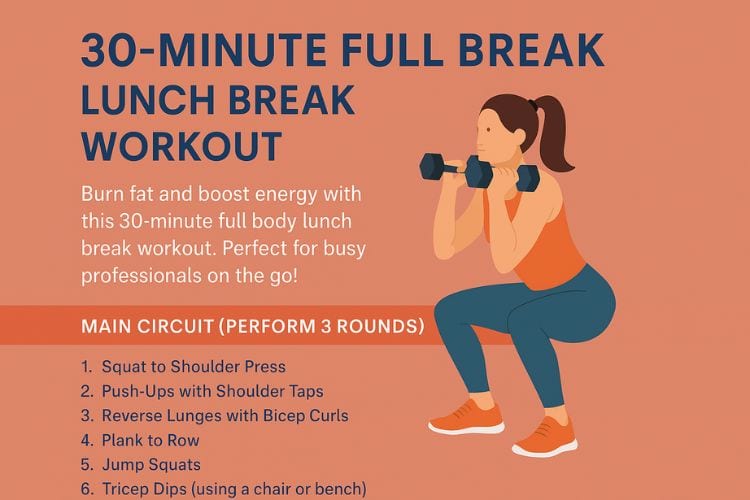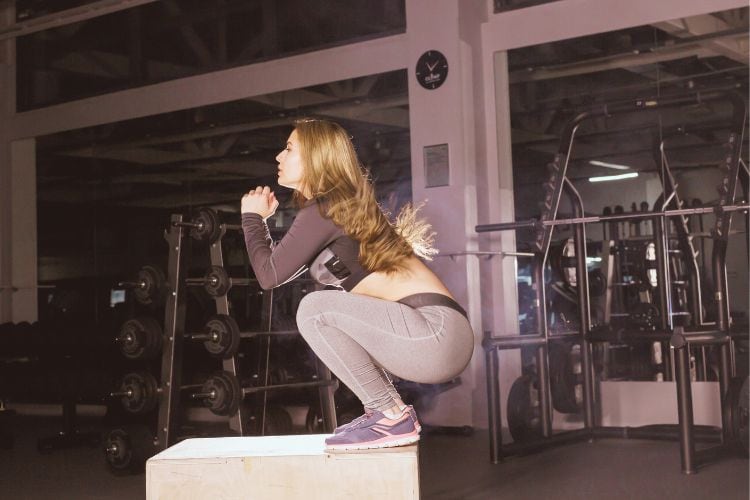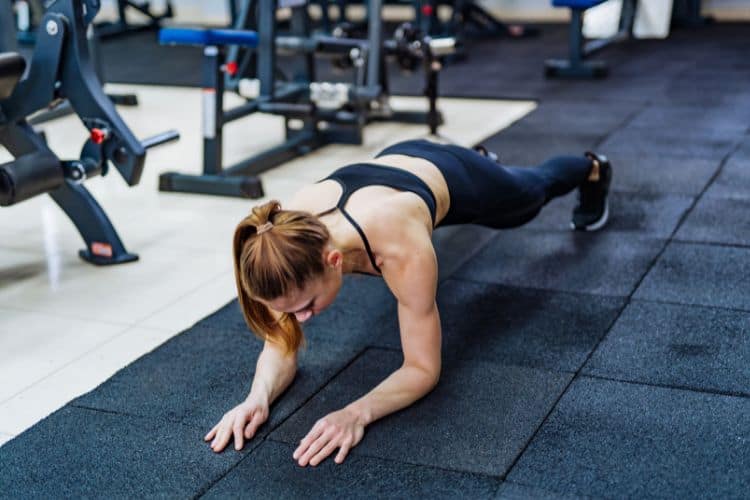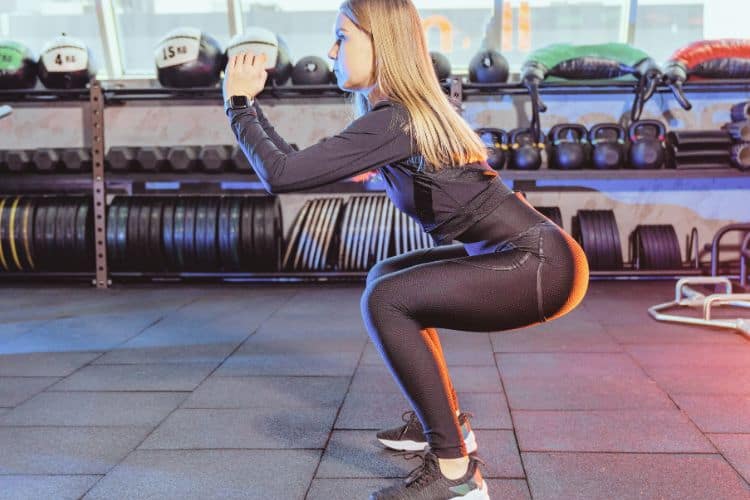Sign up for workout ideas, training advice, reviews of the latest gear and more.






Calisthenics is one of the most effective, accessible, and versatile ways to build strength, burn fat, and improve mobility without needing fancy gym equipment. For beginners, calisthenics offers a structured path into fitness, focusing on natural bodyweight exercises that gradually develop strength, endurance, balance, and flexibility. This guide will cover everything you need to know about starting calisthenics, including the best beginner moves, workout progressions, benefits, and tips to stay consistent.
Calisthenics is a form of exercise that uses your own body weight as resistance. Instead of lifting dumbbells, barbells, or using machines, you rely on fundamental movements such as pushing, pulling, squatting, and balancing. These exercises can be performed anywhere—whether at home, in a park, or while traveling—making them one of the most practical workout methods.
For beginners, calisthenics is especially appealing because it builds foundational strength that later translates into advanced skills like handstands, muscle-ups, or planches. But before getting there, it’s essential to master the basic beginner moves.
You don’t need gym memberships or equipment. Most beginner calisthenics exercises require only your body, a flat surface, and sometimes a pull-up bar.
Calisthenics teaches your body to move more efficiently, strengthening multiple muscle groups simultaneously. This functional approach improves balance, posture, and athleticism.
Every move can be scaled. For example, if you can’t do a full push-up, you can start with wall or knee push-ups. As you progress, you can increase difficulty without needing weights.
Many calisthenics exercises are compound movements that increase heart rate, helping burn calories and promote fat loss while strengthening muscles.
Unlike heavy lifting, calisthenics focuses on joint-friendly bodyweight resistance, making it safer for beginners and improving overall mobility.
Before diving into advanced routines, beginners should start with the basics. The following are fundamental calisthenics exercises that create the foundation for long-term success.
A proper warm-up prepares your body for exercise and reduces the risk of injury. For beginners, a 5–10 minute warm-up is enough.
The push-up is the king of beginner calisthenics moves. It strengthens the chest, shoulders, triceps, and core.
Squats target your legs, glutes, and core while improving mobility.
Planks build core stability, which is crucial for all other calisthenics moves.
Lunges improve leg strength, balance, and coordination.
Pull-ups strengthen your back, biceps, and grip. They are tough for beginners, but alternatives exist.
Dips target triceps, shoulders, and chest.
This dynamic move improves cardiovascular endurance while working your abs and legs.
Perfect for strengthening glutes, hamstrings, and core stability.
Here’s a full-body beginner calisthenics workout you can try at home:
If you’re just starting, aim for 3–4 workouts per week with rest days in between. Here’s a sample plan:
Once you’ve mastered the basics, you can gradually move into intermediate calisthenics. Ways to progress include:
Drink enough water to support workouts and recovery.
Aim for 7–9 hours of sleep per night. This is when muscle repair and growth happen.
Calisthenics isn’t just a beginner-friendly training style—it’s a lifelong practice. Whether your goal is fat loss, muscle toning, strength building, or mastering advanced skills, calisthenics scales with you. From your very first knee push-up to your first pull-up or handstand, each step builds confidence and strength.
Starting a calisthenics beginner moves workout is one of the best fitness decisions you can make. It requires no equipment, builds real-world strength, and develops both your body and mind. The key is to start simple, stay consistent, and gradually progress. Over time, you’ll not only see improvements in strength and physique but also gain confidence in your ability to move and control your body.
Calisthenics is more than a workout—it’s a lifestyle that emphasizes progress, patience, and discipline. Begin with the moves in this guide, stick with the weekly plan, and in a few months, you’ll be amazed at how much stronger, leaner, and more capable you feel.
Want more workout and video guide?
Follow us on Pinterest, Facebook, and Subscribe to our Newsletter and Stay tuned for FREE downloads of our App coming soon!
Stay up to date on the latest women’s health, fitness and lifestyle trends and tips.